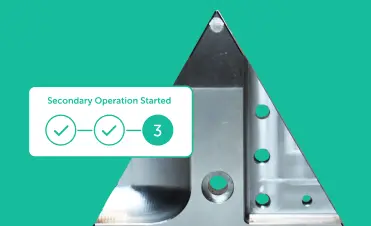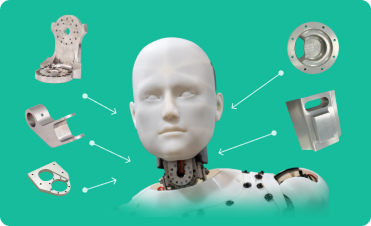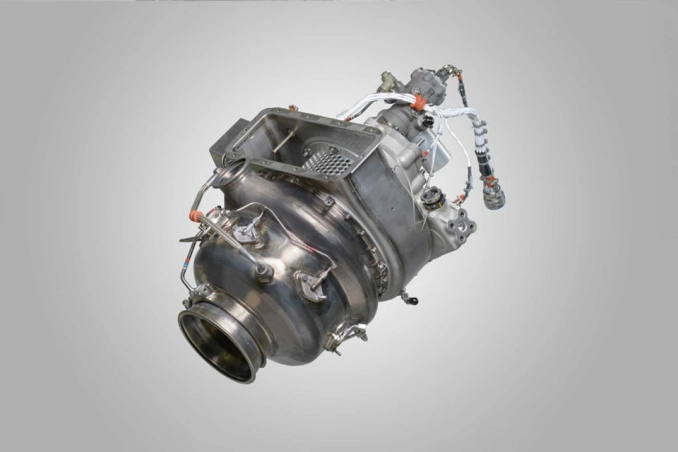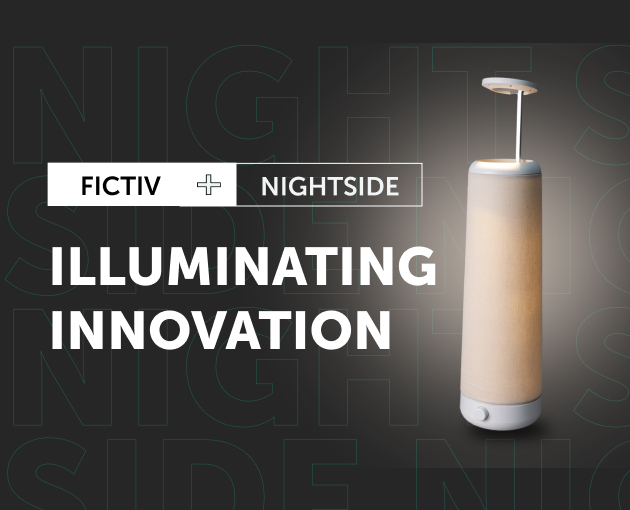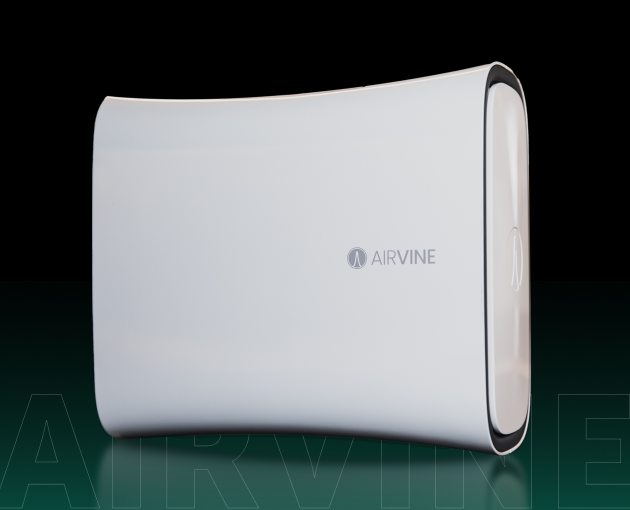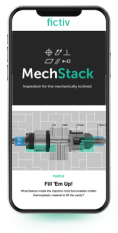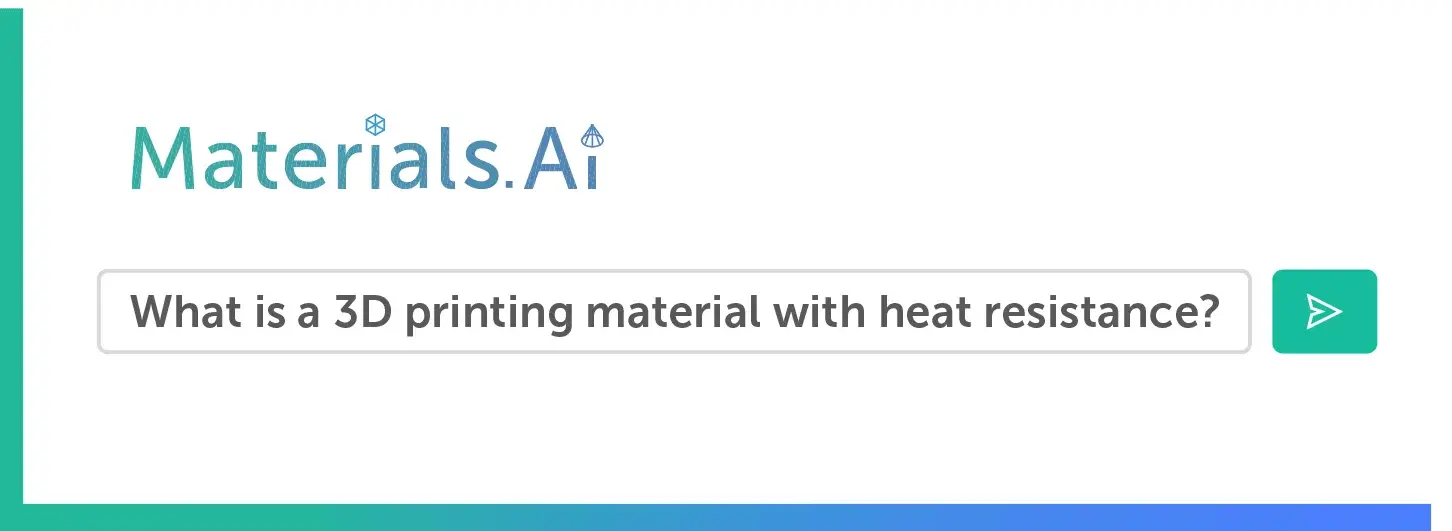Time to read: 6 min
Why PRDs Are Vital for Hardware Development
In the fast-paced world of hardware product development, even a small misunderstanding in product intent can lead to costly rework, missed deadlines, or even a failed launch. That’s where a Product Requirements Document (PRD) becomes invaluable.
A PRD serves as the single source of truth that aligns cross-functional teams—product, engineering, sourcing, quality assurance, and manufacturing—on what the product is supposed to do, why it matters, and how it will be measured.
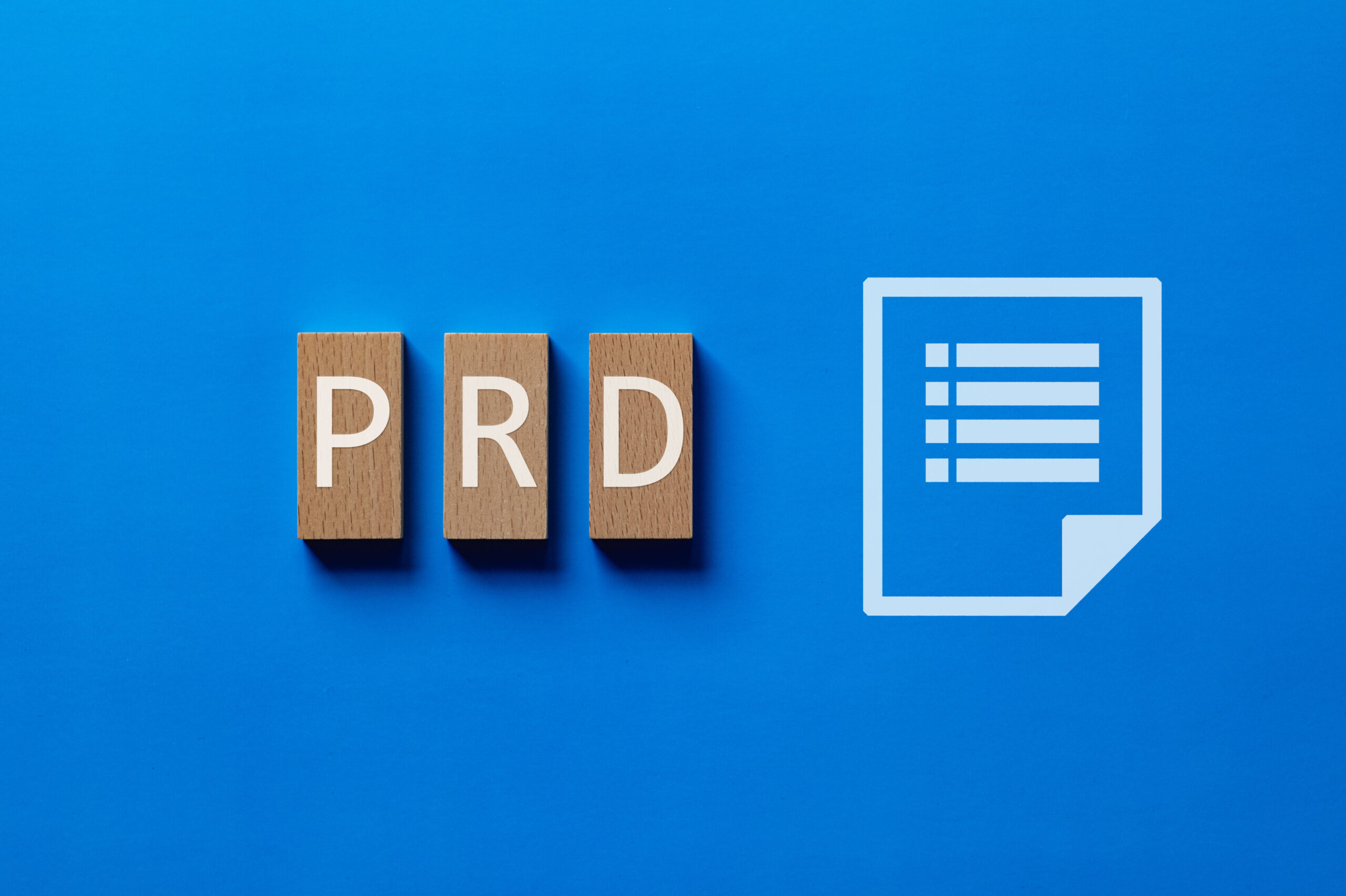
At Fictiv, we work with companies of all sizes that bring new physical products to life. What we consistently see is that teams with well-structured PRDs move faster through development, uncover fewer late-stage surprises, and significantly reduce manufacturing risks. This guide will break down how to write an effective PRD tailored for mechanical products and hardware, with actionable insights.
What Is a Product Requirements Document (PRD)?
A Product Requirements Document (PRD) is a strategic document that defines the functional, performance, and technical specifications of a product in development. It’s meant to answer one fundamental question: What are we building, and why?
While software PRDs tend to emphasize user flows and APIs, hardware-focused PRDs go deeper into physical design constraints, material requirements, regulatory considerations, and manufacturability goals. For this reason, a hardware PRD must balance high-level business objectives (market fit, differentiation, timeline) with detailed technical specifications that engineers, suppliers, and manufacturing partners can rely on.
Unlike a spec sheet, the PRD isn’t just a list of features. It connects those features to real user needs and business priorities—ensuring the right product gets built, not just one that’s technically possible.
PRD vs MRD vs BRD: What’s the Difference?
It’s easy to confuse a PRD with related documents like the MRD (Market Requirements Document) or BRD (Business Requirements Document). They each play a role in product planning, but they serve different purposes and audiences.
| Document | Purpose | Audience | Focus |
| MRD | Defines what the market needs | Product marketing, strategy teams | Market demand, user personas, competitive analysis |
| BRD | Aligns business needs and goals | Stakeholders, execs, finance | ROI, cost-benefit analysis, business justification |
| PRD | Details what the product must do | Engineering, design, QA, sourcing | Functional specs, design constraints, success criteria |
A solid MRD and BRD inform the PRD—but the PRD is the tactical playbook that engineers and sourcing teams execute against. When developed properly, the PRD serves as the backbone of cross-functional collaboration from prototype to production.
Core Components of a Product Requirements Document
An effective PRD should be clear, concise, and complete, containing all the necessary information for engineering, manufacturing, and quality teams to execute tasks without ambiguity. For hardware and mechanical products, these are the core sections you’ll want to include:
- Product Overview
- A high-level summary of what the product is, who it’s for, and its intended use.
- Any market context or problem statement that explains why the product should exist.
- A high-level summary of what the product is, who it’s for, and its intended use.
- Objectives and Success Criteria
- Measurable goals such as performance benchmarks, cost targets, and quality metrics.
- Key success indicators like passing specific regulatory standards or achieving certain durability ratings.
- Functional Requirements
- Detailed list of what the product must do, broken down into subcategories (mechanical, electrical, software if applicable).
- Environmental conditions it must withstand (temperature, humidity, vibration, etc.).
- Design and Manufacturing Constraints
- Material requirements, preferred manufacturing processes, or supplier limitations.
- Physical dimensions, weight targets, and tolerance requirements.
- Regulatory and Compliance Requirements
- Industry-specific certifications or testing standards (e.g., ISO, UL, FDA).
- Regional compliance needs for target markets.
- Testing and Validation Plans
- How the product will be verified against requirements, such as bench tests, accelerated life testing, environmental testing, etc.
Why PRDs Matter for Manufacturing Success
A well-structured PRD does more than align your product team—it directly impacts manufacturing efficiency, cost, and lead times. Here’s how:
- Prevents Late-Stage Design Changes
Ambiguities in requirements often surface during prototyping or pre-production runs. A detailed PRD reduces the likelihood of costly revisions once tooling or fixtures are in place. - Optimizes for Manufacturability Early
Including process-specific design considerations in your PRD (e.g., minimum wall thickness for injection molding, bend radius for sheet metal) ensures that the final design is production-ready from the start. - Improves Supplier Communication
Whether working with a local machine shop or an overseas injection molding partner, a PRD serves as a shared reference that keeps everyone on the same page. - Supports Faster Iteration Cycles
When requirements are clearly defined, prototypes can be evaluated quickly and objectively—speeding up design revisions and shortening the path to production.
Product Requirements Document Example (Hardware-Focused)
Here’s a simplified example of what a hardware PRD might look like:
Product Name: Modular Outdoor Sensor Unit
Version: PRD v1.2 – Draft
Author: Product Engineering Team
Date: August 2025
Overview:
A rugged, battery-powered environmental sensor designed for outdoor deployment in agricultural monitoring applications.
Objectives & Success Criteria:
- Operate for at least 12 months on a single battery charge.
- Maintain an IP67 ingress protection rating.
- Transmit sensor data wirelessly within a 500m range.
Functional Requirements:
- Measure temperature, humidity, and soil moisture at 15-minute intervals.
- Store up to 30 days of readings locally in case of network failure.
- Operate in temperatures from –20°C to +50°C.
Design Constraints:
- Housing material: UV-resistant polycarbonate.
- Max weight: 1.2 kg.
- Must be compatible with existing mounting brackets from Gen 1 model.
Regulatory Requirements:
- FCC compliance for wireless transmission.
- RoHS and REACH compliance for all materials.
Testing Plan:
- Environmental chamber testing for temperature and humidity extremes.
- Vibration testing per IEC 60068-2-6.
- Drop test from 1 meter onto concrete.
This example is intentionally condensed—most production PRDs will be far more detailed, often with appendices for CAD references, material specs, or test protocols.
PRD Best Practices for Hardware and Manufacturing Teams
Creating a PRD isn’t just about documenting requirements—it’s about making sure those requirements are usable. Follow these best practices to get the most value from your document:
- Involve the Right Stakeholders Early
Collaborate with engineering, industrial design, quality, manufacturing, and supply chain teams before finalizing the PRD. Their early feedback can prevent later rework. - Be Specific and Quantifiable
Replace vague statements like “lightweight” with measurable targets (e.g., “under 500g including battery”). - Link to Supporting Resources
Embed references to CAD files, manufacturing drawings, and compliance documents so suppliers have the full context. - Update as the Product Evolves
Treat the PRD as a living document—update it when design decisions change, requirements shift, or new constraints emerge. - Build in Manufacturability Checks
Include DFM checkpoints at key design phases to ensure the product remains feasible for production without excessive cost or complexity.
Common PRD Mistakes to Avoid
Even experienced teams can make mistakes that reduce the effectiveness of a PRD. Watch out for these pitfalls:
- Overloading with Nonessential Detail
A PRD should be thorough but focused—avoid cluttering it with nice-to-have ideas that dilute the core requirements. - Leaving Out Manufacturing Constraints
Missing details like material selection, tolerance ranges, or process requirements can lead to designs that are hard or impossible to produce. - Ambiguity in Language
Terms like “strong,” “durable,” or “small” are open to interpretation—replace them with quantifiable specifications. - Neglecting the End User
A PRD is about building something that works for the customer. Include user-centered requirements to ensure the product meets the actual needs of its users.
How PRDs Fit into the Product Development Lifecycle
In hardware and manufacturing projects, the PRD plays a critical role in each stage:
- Concept and Feasibility: Defines the problem and potential solutions at a high level.
- Design and Engineering: Serves as the blueprint for CAD modeling, prototyping, and testing.
- Prototyping and EVT/DVT/PVT: Ensures test units meet the same requirements as production parts at all stages.
- Production and Scale-Up: Guides suppliers and manufacturing partners to maintain consistent quality.
A PRD that’s created early and maintained throughout these phases becomes a single source of truth, reducing miscommunication and costly delays.
Conclusion
A strong Product Requirements Document is one of the most powerful tools in a product team’s toolkit. It keeps design, engineering, and manufacturing aligned—minimizing costly changes, reducing lead times, and improving final product quality.
By clearly defining functional needs, constraints, and success metrics, your PRD ensures that everyone from design engineers to CNC machinists to injection molding technicians understands the same end goal.
Work With Fictiv to Meet Your Product Requirements
If you’re moving from requirements to prototypes or production, Fictiv can help bridge the gap. Our digital manufacturing platform offers rapid quoting, DFM feedback, and access to vetted CNC machining, injection molding, sheet metal, and 3D printing services—helping you validate your PRD faster and with fewer surprises.
Upload your CAD today and start building with confidence.
